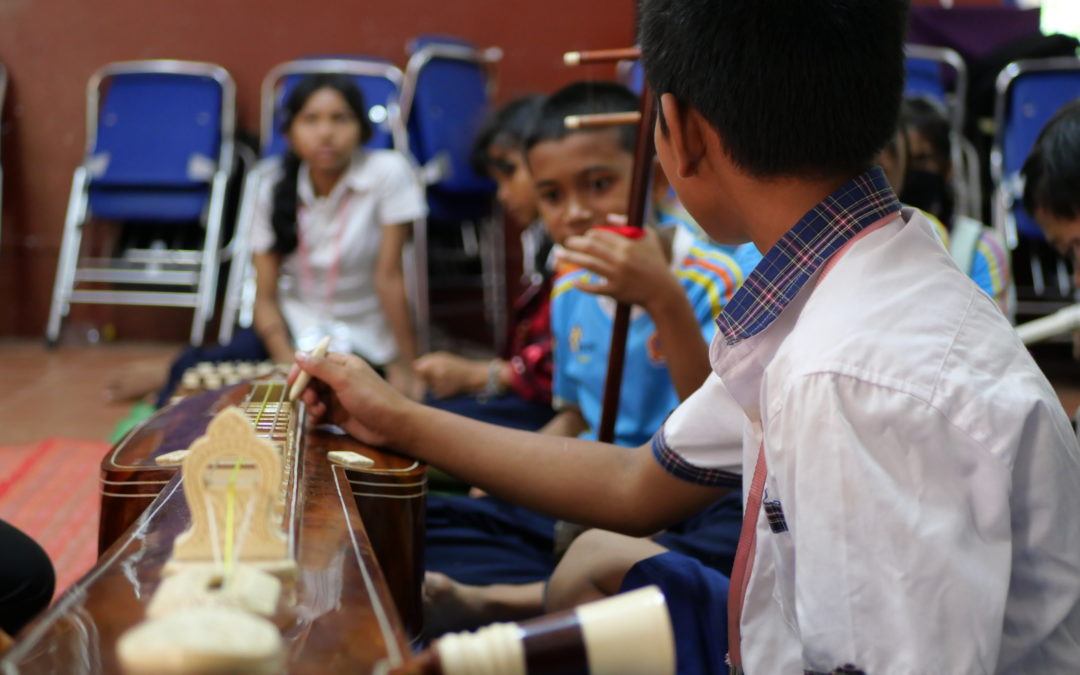At the Bayon School, we are convinced that access to quality education also requires the practice of extra-curricular activities, which are an integral part of the child’s awakening and development.
This is why we offer primary school students an opening to arts and culture from grade 1, which they do not have access to through their families: art classes, dance and traditional puppet classes, cultural outings. Three hours per week are dedicated to physical activity as well as cultural and artistic awareness.
Educational games and books are also made available to them in the library to give them a taste for reading.
Why is it important to encourage art education at school?
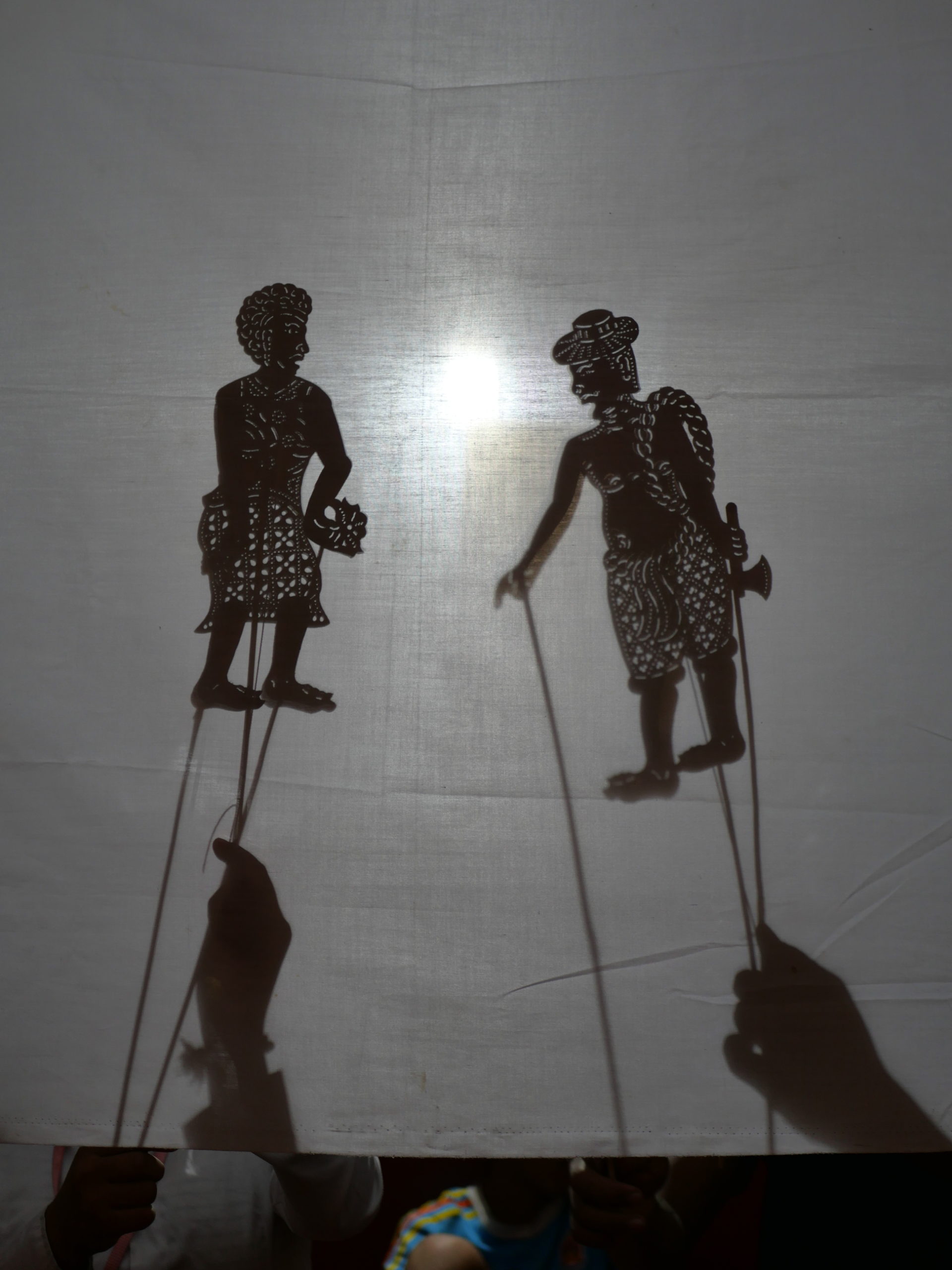
The presence of artistic activities in the school stimulates students’ commitment to their academic success, increases their involvement and motivation in class and is also an important element in developing a sense of belonging to their community. In addition, art allows students with the most difficulties to gain more autonomy, to express themselves freely and to discover new skills.
Art, in all its forms, offers students the opportunity to express their creativity and learn to work as a team while having fun.
The arrival of the Art, Culture & Sport program at the Bayon School
Started in 2018, the Art, Culture & Sport program aims to strengthen the creativity, self-confidence and personal thinking skills of Bayon School students.
Class trips are also organized to allow students to visit places they would never have had the opportunity to discover in a family setting. This is an opportunity for them to enrich their knowledge and learn in a different way.
Finally, sports classes are offered each week to develop skills that are not taught in other classes.
Through this program, the school wishes to awaken the students’ curiosity and enrich their personal culture, to value and recognize Khmer culture and to encourage the values of respect for oneself and others.
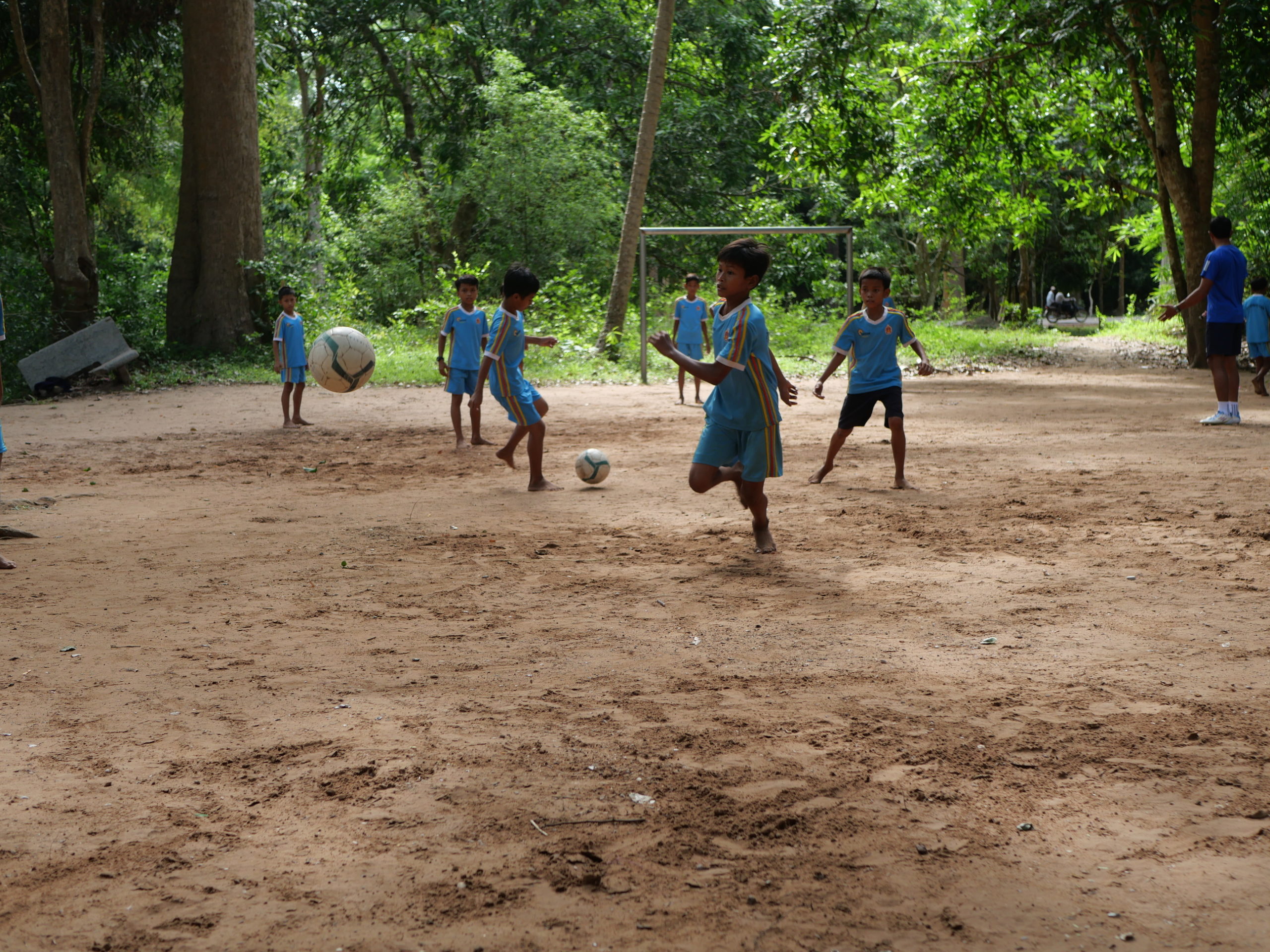


In order to enhance the symbols of Khmer culture, the Bayon School has set up classes in traditional Khmer music, dance and puppet show.
Cambodia is the cradle of one of the richest cultures in Southeast Asia. Cambodian arts such as music, dance and theater date back to ancient times, especially during the Khmer Empire (802-1431) under the influence of Hinduism and Buddhism.
However, during the Khmer Rouge period, all forms of art disappeared due to the brutality of this communist regime which prohibited the practice of activities.
Cambodian art must therefore flourish again, and the Bayon School participates in the transmission of these important symbols of culture through classes in Khmer instruments, APSARA dance and Khmer Shadow Theater.
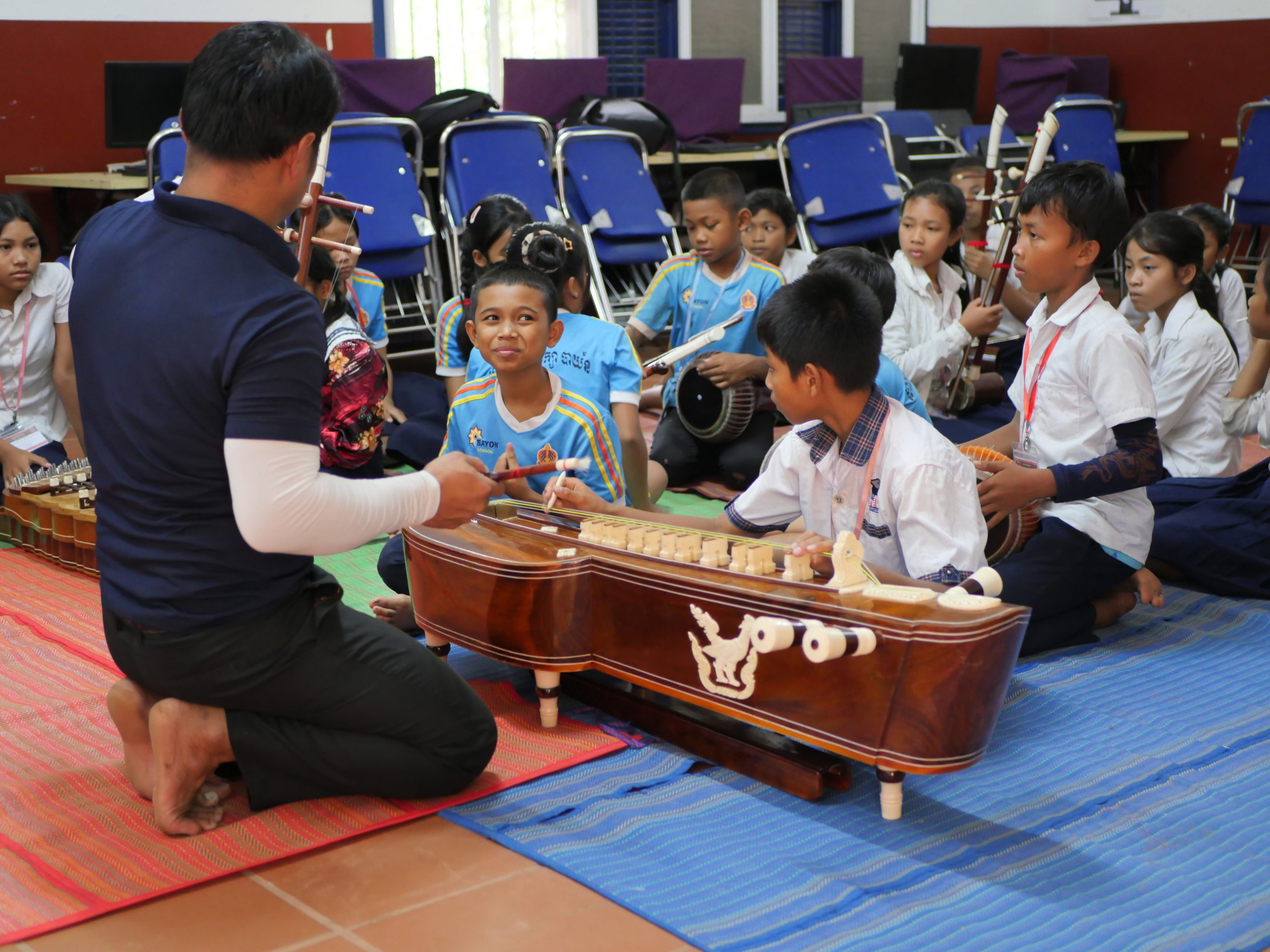
In Cambodia, music gives rhythm to ceremonies, celebrations or rites using traditional instruments. Our music teacher Phlong Poeun teaches our students to play various Khmer instruments such as the Tro Saun, a two-stringed vertical fiddle with a hardwood body, the Takhe or Krapeur, a three-stringed, crocodile-shaped, floor-standing zither and percussion instruments.
The essential art of Khmer culture is the traditional Apsara dances. Once reserved exclusively for kings and their courts, these bewitching dances have their origins in India. The apsaras would be nymphs from the churning of the ocean of milk that is the origin of the universe, according to the Hindu religion. This art is taught in Primary school to both boys and girls by our two teachers San Theany and Run Marin.
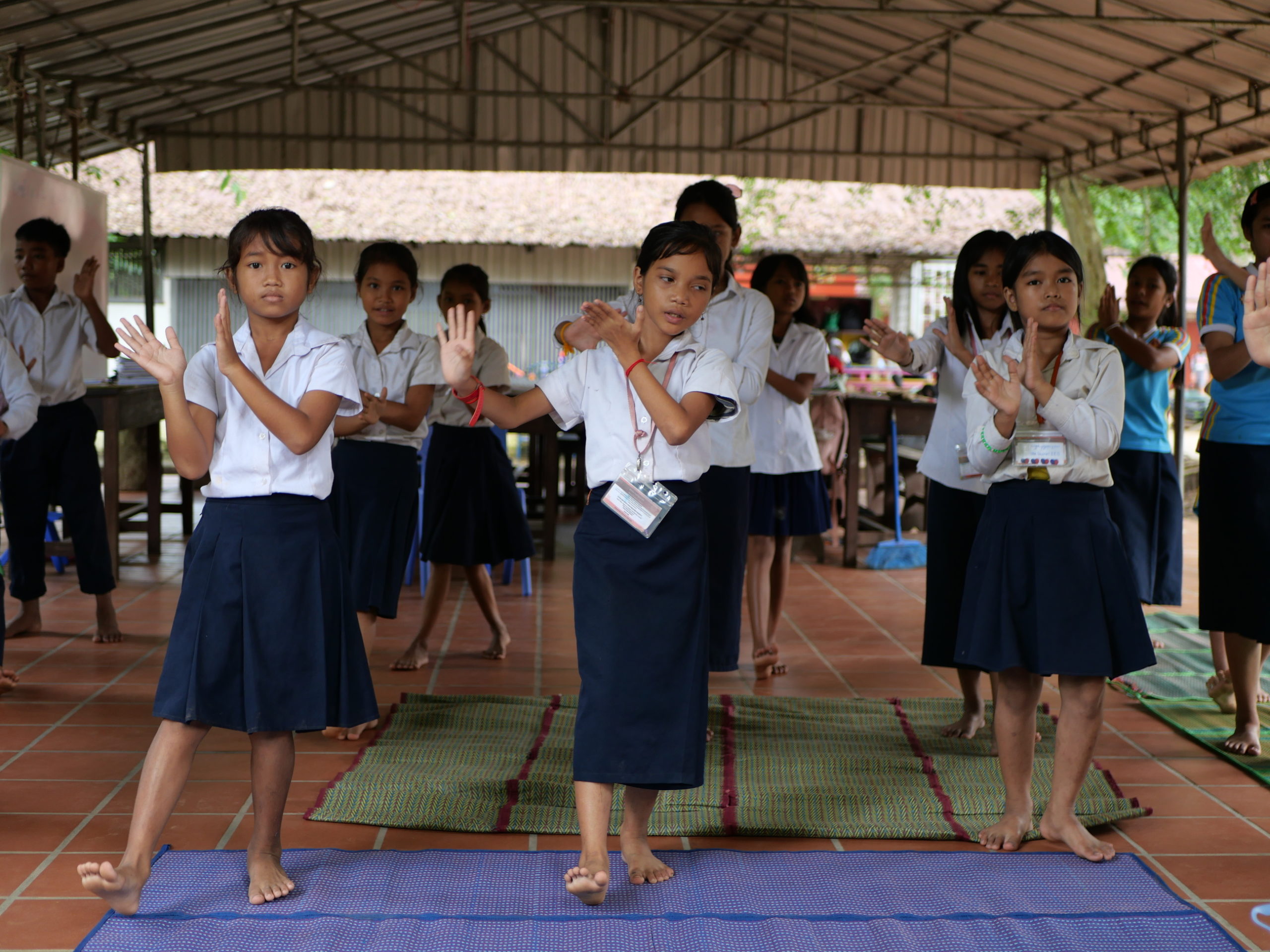
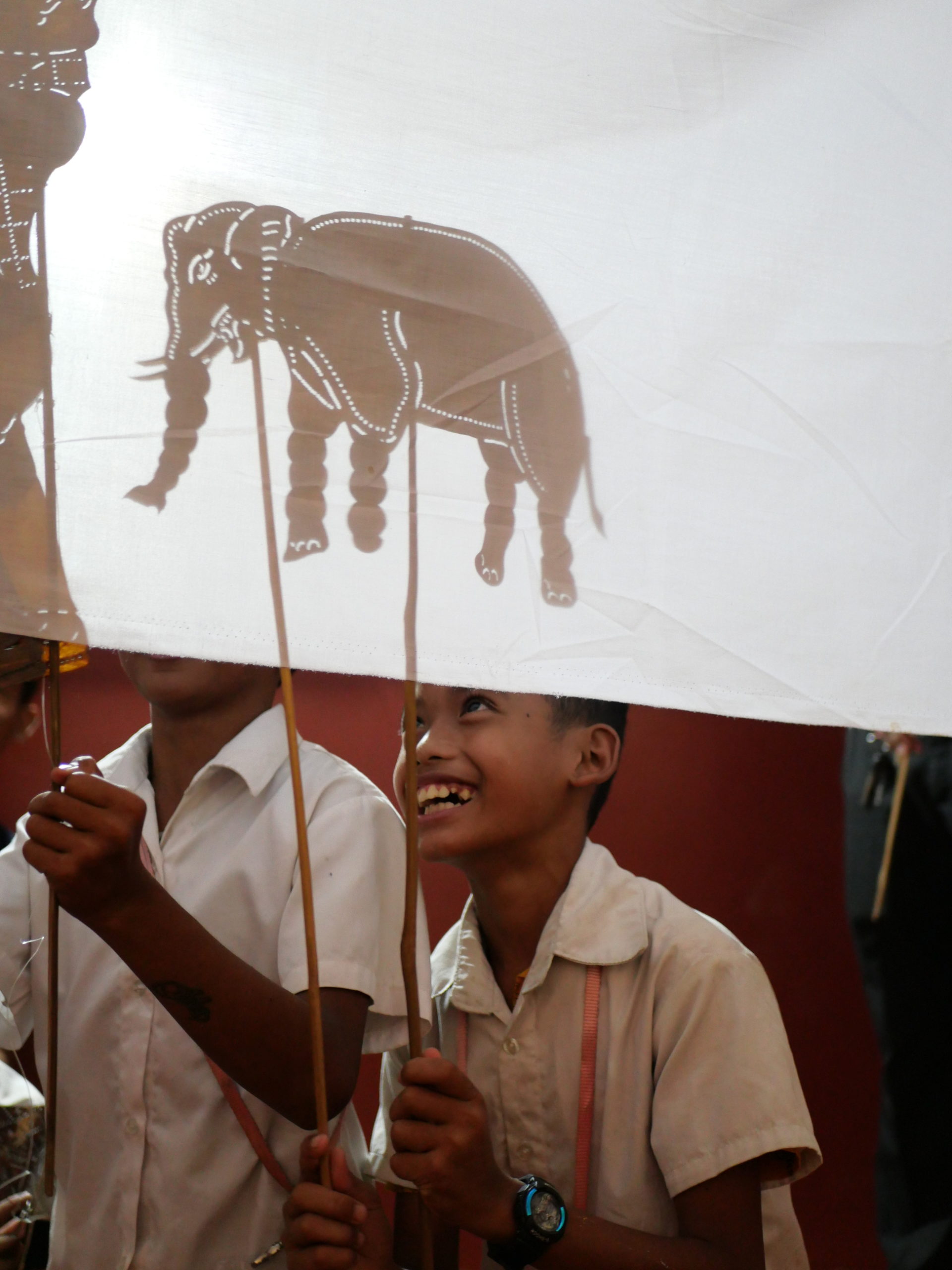
The shadow theater in Cambodia, “Sbek Thom” in Khmer, is registered since 2008 by UNESCO as intangible heritage of humanity. It features puppets of varying sizes (up to two meters high), made of carved cowhide. Considered a sacred art during the Angkorian period, puppet shows were only performed during famous events (Khmer New Year, the king’s birthday and veneration of illustrious figures). Today, the Skeb Thom has gone beyond this purely ritual framework to become a symbol in its own right of Khmer artistic culture. At the Bayon School, our teacher Keo Kea is in charge of keeping this tradition alive among the children.
Our goal is ambitious: to give a performance of all these artistic teachings at the end of the school year.

